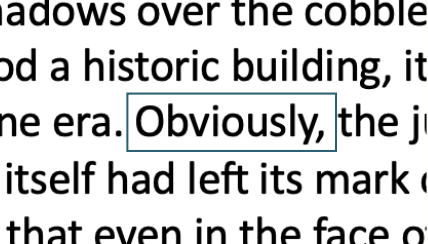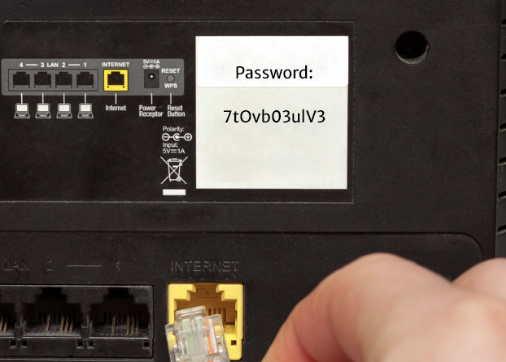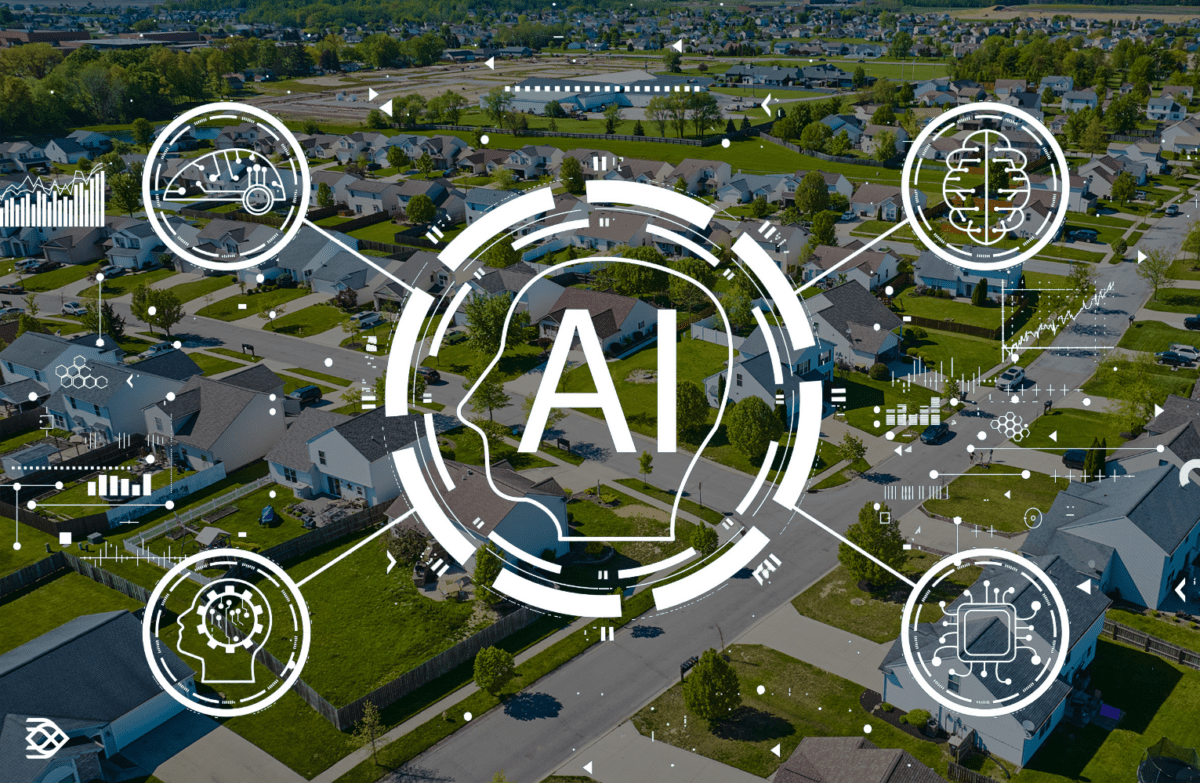We are constantly hearing about advancements in Artificial Intelligence (AI), and how the technology has evolved to execute more complex, “human” tasks. We can see the outcomes, but the inner workings of AI can be a “black box” – wherein we don’t fully understand how it works and how decisions are made. Ari Gross, the CEO and Co-Founder of TRUE, spoke with the Mortgage Bankers Association about deepening our understanding of the AI technology we invest in, and why the AI he’s helped develop at TRUE holds major potential to solve the mortgage industry’s core challenges.
Data Quality in the Mortgage Industry
Unreliable data is arguably the mortgage industry’s biggest challenge. Lenders sift through hundreds of pages of documents to verify income, affordability and facts about the home: paystubs, bank statements, W-2 forms, property appraisals, surveys, and more. Accurately extracting the required data is a time-consuming, expert task that until very recently could only be done by trained people.
Despite committing significant resources, the lending industry does not trust its own data. As loans move through manufacturing, mortgage insurance and the secondary market, data and the underlying documents are verified and reverified many times over.
Could you trust AI to perform this work? Remember, we’re setting a high bar!
This is a problem that I wanted to tackle head on. AI has been my life’s work, starting from my PhD in computer vision in the mid-1980s. I’ve published over 40 papers and have gained patents for imaging, machine learning and automation. Everything I’ve learned has gone into pioneering an AI system that accurately reads borrower documents, with no humans in-the-loop, to solve the flawed data problem.
The challenge is explaining how it works. Our early clients were also pioneers and were willing to give our AI time to prove itself. I understand that this isn’t possible for all buyers in the mortgage industry, so I’ve done two things to make our AI easier to understand and prove.
Learn How TRUE AI Works
First, I’ve written a paper that explains the principles of how we trained our AI to visually understand borrower documents. It’s the story of a category of AI created specifically for your business and your job, told in plain English with helpful illustrations. Here’s a brief extract about how we taught our AI to read.
Step 1: Learning to Read
As humans, we learn to read by being introduced to many examples of words, numbers and symbols. We became familiar with the shapes and variations across a myriad of fonts, sizes and colors.

The shape of most characters is distinctive, but some are similar: 1s and ls, 0z and Os. Telling these apart is harder, but eventually we learn to tell the difference not only through shape but also through context. For example, I would expect “O” in the word “Obviously” to be a letter not a number because of the context.

When the context changes, our confidence can falter. Think of the times you’ve squinted at a WiFi password, such as “7tOvb03ulV3”. Without a useful context it’s harder to tell if “O” or “l” are letters or numbers.
An AI system faces similar confusion, but it has some advantages. While humans are great at generalizing from existing knowledge, the processing power and perfect memory of a computer enables the AI to learn huge libraries of fonts. The machine discerns the different shapes of characters down to the single pixel.
Step 2: Global Data Comparison
Once our AI can read, we move to the second step: looking at data globally to improve accuracy. A benefit of reading with AI is that it is tireless. We can scour every page and every word, identifying and extracting every piece of data. Then, we can look for other instances of the same data to build context and improve confidence.
For example, consider the interest rate on a Mortgage Note. With a fixed-rate loan we know the figure should be consistent throughout the Note. If we find consistency throughout the document, we increase our confidence score. But we can go further, reviewing all instances of the interest rate across the entire package of documents, versioning for the latest, and checking against the value we originally extracted from the Note. Resolving data globally increases confidence even more, allowing the AI to outperform human accuracy with total reliability.
Put TRUE AI to the Test
And that second thing I’ve done? We built an online tool that lets you put our AI to the test, using your own borrower documents, and without involving us. I believe we’re the only AI provider for mortgage lenders that offers this.
I’m a big believer in testing: it’s how we train AI systems in the lab and prove their performance. I’ve also been a buyer enough times to know that a demo presents an idealized experience. Our tool gives results in moments, so you know it’s AI doing the work and not hidden human support.




